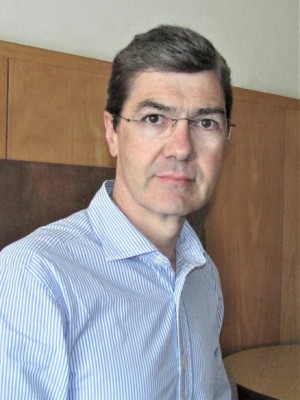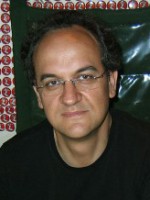abstract
Commercial femoral head prostheses (cobalt-chromium alloy, yttria partially stabilized zirconia (Y-PSZ) and alumina) and new silicon nitride ceramic ones (nanocrystalline diamond coated and uncoated) were compared in terms of artifact level production by computed tomography (CT). Pelvis examination by CT allows the correct diagnosis of some pathologies (e.g. prostate and colon cancer) and the evaluation of the prosthesis-bone interface in post-operative joint surgery. Artifact quantification is rarely seen in literature despite having a great potential to grade biomaterials according to their imaging properties. Materials' characteristics (density and effective atomic number), size and geometry of the prostheses can cause more or less artifact. A quantification procedure based on the calculation of four statistical parameters for the Hounsfield pixel values (mean, standard deviation, mean squared error and worst case error) is presented. CT sequential and helical scanning modes were performed. Results prove the artifact reproducibility and indicate that the cobalt-chromium and Y-PSZ are the most artifact-inducing materials, while alumina and silicon nitride (diamond coated and uncoated) ceramic ones present a low level of artifact. Considering the excellent biocompatibility and biotribological behaviour reported in earlier works, combined with the high medical imaging quality here assessed, diamond coated silicon nitride ceramics are arising as new materials for joint replacement.
keywords
ALTERNATIVE MATERIALS; RECONSTRUCTION; CYTOTOXICITY; RADIOTHERAPY; REDUCTION; IMPLANTS
subject category
Engineering; Materials Science
authors
Rodrigues, SP; Paiva, JM; De Francesco, S; Amaral, MI; Oliveira, FJ; Silva, RF
our authors
Projects
Centre for Research in Ceramics and Composite Materials - CICECO (LA0011: 2011-2012) (PEst-C/CTM/LA0011/2011)
Silicon nitride ceramic components coated with nanocrystalline CVD diamond for total hip replacement - HIPCerDiam (PTDC/EME-PME/112910/2009)
acknowledgements
This work was conducted under the framework of FCT project HipCerDiam-PTDC/EME-PME/112910/2009. M. Amaral acknowledges FCT for the Grant SFRH/BPD/26787/2006. The authors would like to acknowledge the Director Dr. Vasco Gama and all the team of the Cardiology Service and Hemodynamic Laboratory of Vila Nova de Gaia/Espinho Hospital Centre-Portugal for the CT equipment availability. The authors also aknowledge the financing programme Pest-C/CTM/LA0011/2011.




